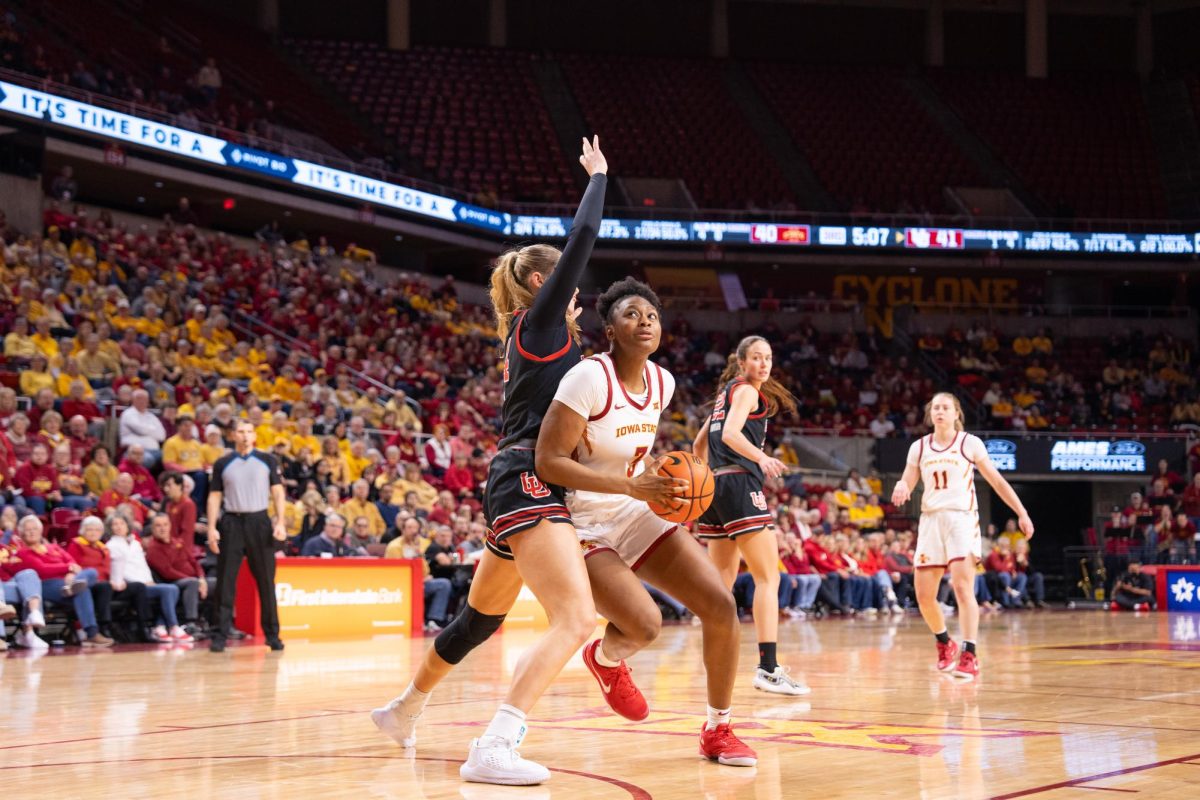Fewer men than women find their calling in teaching
September 6, 1999
As Iowa schools continue to see a steady stream of women going into the field of education, the depletion of men in the field remains a problem.
Jackie Blount, associate professor and assistant chairwoman in curriculum and instruction, said she believes the problem has gotten better over the years but still has much room for improvement.
“A hundred years ago, the situation was far worse,” Blount said. “Ninety percent of teachers were women. … In 1997, 75 percent of all school workers were women, 25 percent men. It is not a very equitable split.”
There’s a very high demand for men in the classroom, but teaching, especially elementary education, is not viewed as a man’s job in today’s society, Blount said.
“Our society has to do some soul searching as to why it chooses to stigmatize people around gender issues,” she said.
When teaching is seen as more desirable for men, more of them will enter the field, she said. Teaching currently may seem less attractive to men because it is one of the lowest-paying professions, she said.
“The salary needs to be more in-line with that of other professions,” Blount said.
Nancy J. Evans, associate professor in education leadership and policy studies, said she sees a slow change being made.
Evans said biases are what contribute to more women in teaching than men.
“More women are moving into leadership positions … but they have a tougher time moving up,” she said.
Other women, Evans said, don’t view administrative work as attractive as they view teaching. Women like the contact with children, which they would miss out on in administrative positions, she said.
“Males’ roles are much more rigid [and] nontraditional,” Evans said. “Elementary education is frowned upon for men. It’s viewed as ‘feminine.’
“Also, it is not as prestigious as administrative positions,” she said. “Prestige is more attractive to men.”






